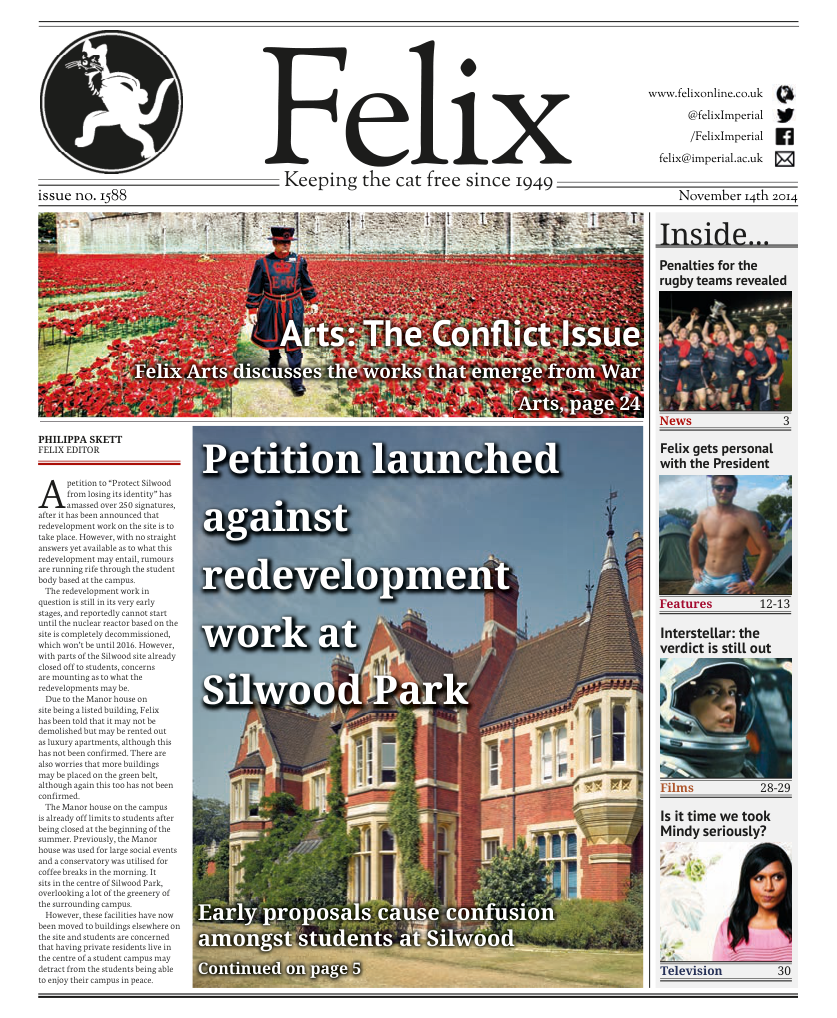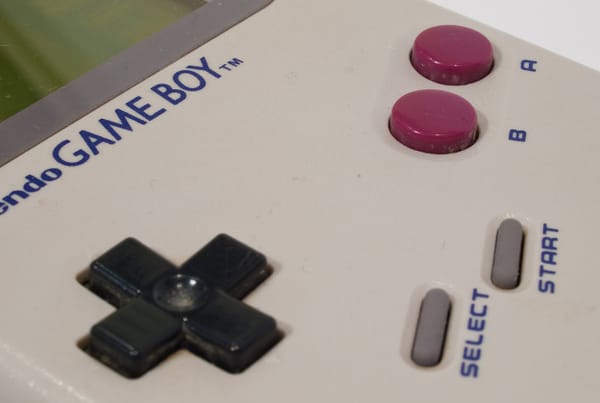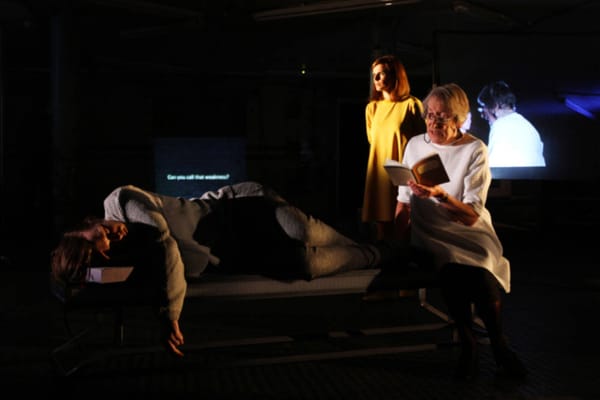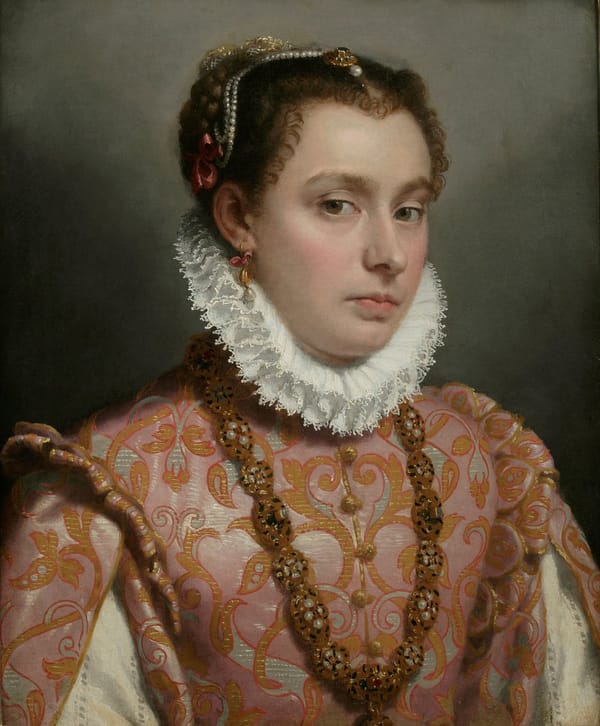My Art: Tomoko Uemure in Her Bath
Fred Fyles selects a powerful work from W. Eugene Smith
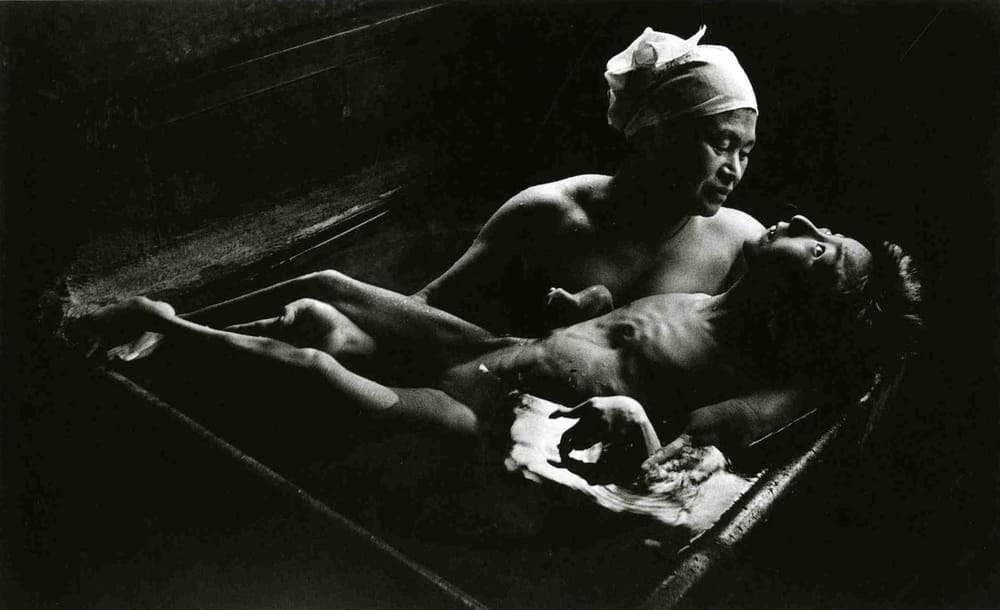
A picture tells a thousand words, as the old adage goes. But some of the best photos go deeper; not satisfied with a word-limit of a thousand, the photographer instead expands their range, taking in entire movements, nations, and histories with their lens.
One such photo is Tomoko Uemure in Her Bath, taken by the legendary American war photographer and photojournalist W. Eugene Smith in 197. The picture, striking in its black and white intensity, is composed like a classical pieta, with Ryoko Uemura taking on the role of the Virgin Mary, cradling her daughter Tomoko, whose mind and body have been withered away thanks to the debilitating effects of Minimata disease.
The disease, a form of severe mercury poisoning that destroys the nervous system, was affecting Tokomo due to the pollution released by the Chisso Corporation, and this photo helped bring this injustice to international attention. This is what photojournalists do best; wielding their camera, they act as warriors for truth, unveiling what is happening and showing it to the waiting world.
But this is not only a great piece of journalism - it is a great piece of art. The composition of the shot is awe-inspiring, with the bathtub forming a dramatic diamond in the centre of the frame. The loving gaze with which Ryoko looks down at her daughter contrasts with the look of pain on the girl’s face, which is drawn back in a silent scream of anguish. Tomoko’s legs, atrophied so that they resemble matchsticks, are supported by her mother’s strong, firm arms. The lighting, which comes in from one direction, reflects of the gently rippling water, creating an atmosphere of still and calm.
W. Eugene Smith is a paragon of a photojournalist – his unique eye, which took in horrific scenes in Japan, Haiti, Spain, and the US, is alone enough to place him in the higher echelons of photographers. But what sets Smith apart is his uncompromising vision, and fearless attitude. In 1972, one year after this photograph was taken, he was attacked by employees of theChisso Company, in an attempt to silence him. As a result his vision in one eye deteriorated, meaning he had to take a break from his work. It didn’t stop him; in 1975 he released his essay Minimata, and continued to release work up until his death in 1978.
This wasn’t the first time Smith had faced difficulty: initially working for Newsweek, he was fired for refusing to abandon 35mm in favour of medium format. Joining Life in 1939, he spent the next six years photographing conditions in Japan, eventually being hit by mortar fire. In 1954 he severed his ties with Life, owing to their interpretation of his photos of humanitarian Albert Schweitzer.
This uncompromising attitude, which earned him a thorny reputation, also led to his perfectly composed work. Other pieces, such as his photo of a demolition team blasting out a cave in Iwo Jima, or a US soldier in Saipan finding a wounded infant, are similarly shocking in their intensity.
Tomoko Uemere in Her Bath is, for me, a perfect example of the power of war photography; its ability to capture the human condition, in all its horror, is unrivalled by any other field.
W. Eugene Smith was unique in this respect, with his innate ability to enter into the void and then return – not only intact, but with pictures that speak long after their subjects cannot.


